15 Shocking New Details About the Titan Submersible Disaster
A new report unveils new information about the OceanGate Titan.
Months have passed since the devastating implosion of OceanGate, the private submersible that disappeared during a trip deep into the ocean to explore the wreckage of the Titanic. All passengers aboard – British businessman Hamish Harding; Pakistani businessman Shahzada Dawood and his teenage son, Suleman; French explorer Paul-Henri Nargeolet; and Stockton Rush, the CEO of OceanGate – died instantly. In a new feature for Vanity Fair, authors Susan Casey takes a deep dive into the catastrophic mission to the depths of the sea and uncovers some shocking new details about what went wrong.
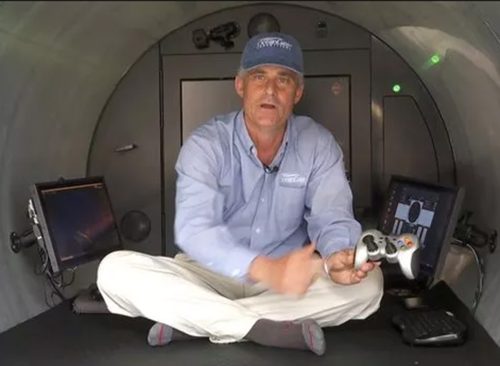
According to Casey, in December 2015, two years before the Titan was built, Rush had lowered a one-third scale model of his 4,000-meter-sub-to-be into a pressure chamber. He watched it implode at 4,000 psi, “a pressure equivalent to only 2,740 meters,” she writes.
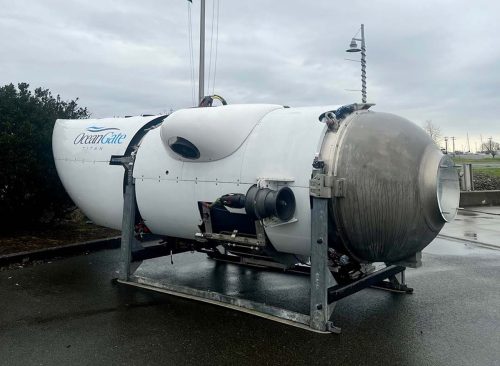
Casey explains that the test’s goal was to “validate that the pressure vessel design is capable of withstanding an external pressure of 6,000 psi—corresponding to…a depth of about 4,200 meters.” Afterward, he issued a press release claiming that the test was a success because it “demonstrates that the benefits of carbon fiber are real.”
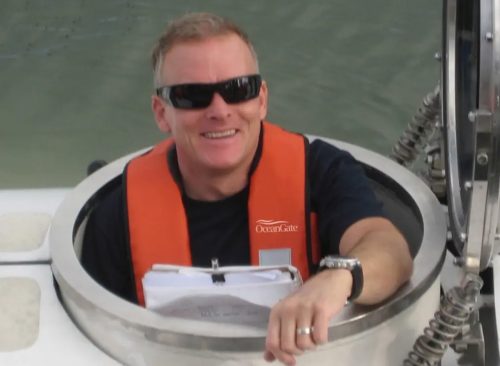
The Titan’s first director of marine operations, David Lochridge, responsible for “ensuring the safety of all crew and clients during submersible and surface operations,” warned about safety issues from the start. He argued with OceanGate’s engineering director, Tony Nissen, who wouldn’t let him examine the work on the sub’s oxygen system, computer systems, acrylic viewport, O-rings, and the critical interfaces between its carbon fiber hull and titanium endcaps. “Mating materials with such wildly divergent pressure tolerances was also…not advised,” writes Casey.
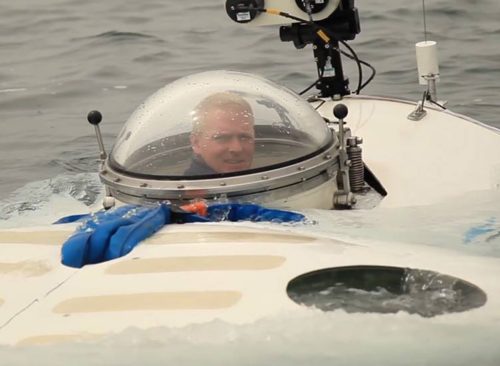
After his concerns were ignored, Lockridge put together a 10-page Quality Control Inspection Report listing the sub’s problems and the steps needed to correct them. “Verbal communication of the key items I have addressed in my attached document have been dismissed on several occasions,” Lochridge wrote on the first page, “so I feel now I must make this report so there is an official record in place.” These issues, he added, were “significant in nature and must be addressed.”
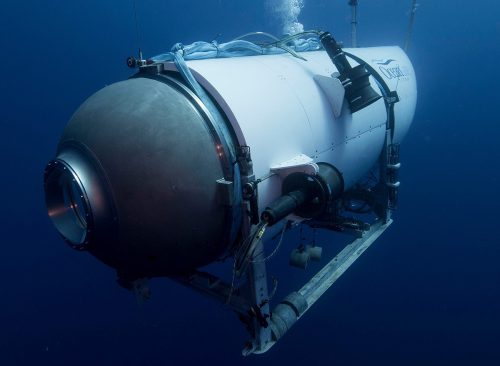
According to Casey, Lochridge listed more than two dozen items that required immediate attention. “These included missing bolts and improperly secured batteries, components zip-tied to the outside of the sub. O-ring grooves were machined incorrectly (which could allow water ingress), seals were loose, a highly flammable, petroleum-based material lined the Titan’s interior. Hosing looped around the sub’s exterior, creating an entanglement risk—especially at a site like the wreck of the Titanic, where spars, pipes, and wires protrude everywhere,” she writes.
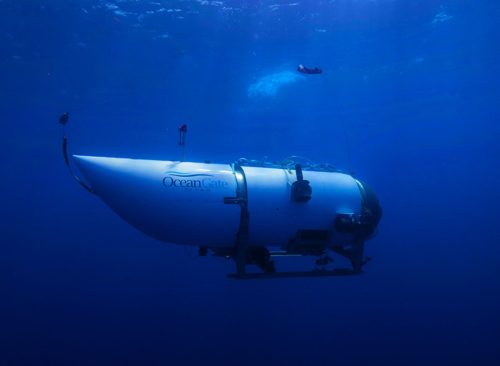
Lochridge was especially concerned about the hull. “The carbon fiber filament was visibly coming apart, riddled with air gaps, delaminations, and Swiss cheese holes—and there was no way to fix that short of tossing the hull in a dumpster. The manufacturing process for carbon fiber filament is exacting. Interwoven carbon fibers are wound around a cylinder and bonded with epoxy, then bagged in cellophane and cured in an oven for seven days. The goal is perfect consistency; any mistakes are baked in permanently,” writes Casey.
Given that the hull would be “seeing such immense pressures not yet experienced on any known carbon hulled vehicle we run the risk of potential inter-laminar fatigue due to pressure cycling,” Lochridge wrote, “especially if we do have imperfections in the hull itself.” According to Lockridge, the hull would need to be scanned with thermal imaging or ultrasound to reveal the extent of its flaws. “Non-destructive inspection is required to be undertaken and subsequent results provided to myself prior to any in water Manned Dives commencing,” he added.

Rush fired Lochridge and served him and his wife with a lawsuit for breach of contract, fraud, unjust enrichment, and misappropriation of trade secrets; threatened their immigration status; and sought to have them pay OceanGate’s legal fees.
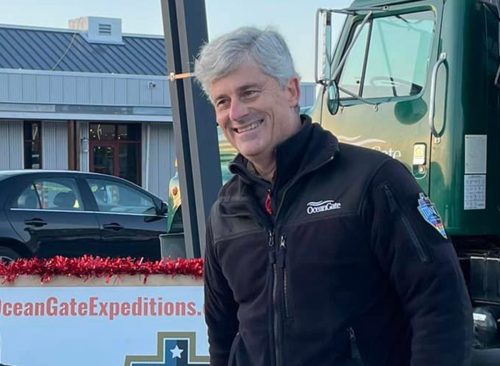
Casey also reports that during a 2016 mission on OceanGate’s shallow-diving sub, the Cyclops 1, to the site of the Andrea Doria, Rush got violent with Lochridge. “As chief pilot and the person responsible for operational safety, Lochridge had created a dive plan that included protocols for how to approach the wreck. Any entanglement hazard demands caution and vigilance: touching down at least 50 meters away and surveying the site before coming any closer. Rush disregarded these safety instructions. He landed too close, got tangled in the current, managed to wedge the sub beneath the Andrea Doria’s crumbling bow, and descended into a full-blown panic. Lochridge tried to take the helm, but Rush had refused to let him, melting down for over an hour until finally one of the clients shrieked, ‘Give him the controller!’ At which point Rush hurled the controller, a video-game joystick, at Lochridge’s head. Lochridge freed the sub in 15 minutes,” writes Casey.
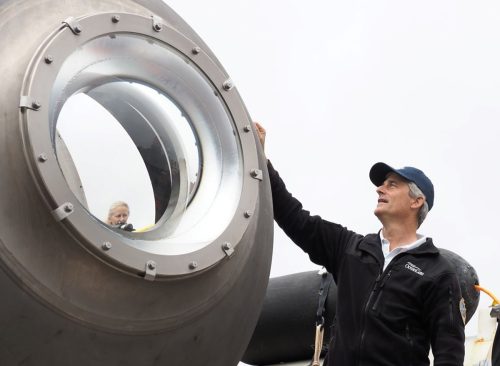
While the expedition planned to include ten dives, OceanGate cited “adverse weather conditions,” and Rush held a press conference in Boston. “We were able to view the Andrea Doria area for nearly four hours, which is more than 10 times longer than scuba divers can,” he announced. The dive, OceanGate’s website noted, had “focused on the bow of the vessel.”
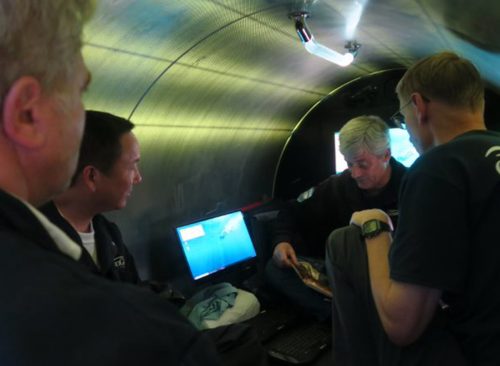
During the Titan’s second deep test dive in April 2019, there were “bloodcurdling cracking and gunshot noises,” and its descent was halted at 3,760 meters. Rush was the pilot with three passengers on board, including Karl Stanley, a seasoned submersible pilot who would later describe the noises as “the hull yelling at you.” After the trip he wrote several emails to Rush, begging him to postpone the Titan’s commercial debut, less than two months away. Stanley believed the carbon fiber was breaking down. “I think that hull has a defect near that flange that will only get worse. The only question in my mind is will it fail catastrophically or not,” he wrote.
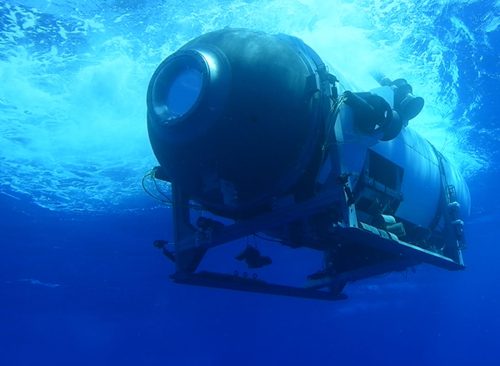
Rush dismissed him. “One experiential data point is not sufficient to determine the integrity of the hull, he responded, telling Stanley to “keep your opinions to yourself.” “I remember him saying at one point to me that one of the reasons why he had me on that dive was he expected that I would be able to keep my mouth shut about anything that was of a sensitive nature,” Stanley told VF. “I don’t think he wanted everybody knowing about the cracking sounds.”
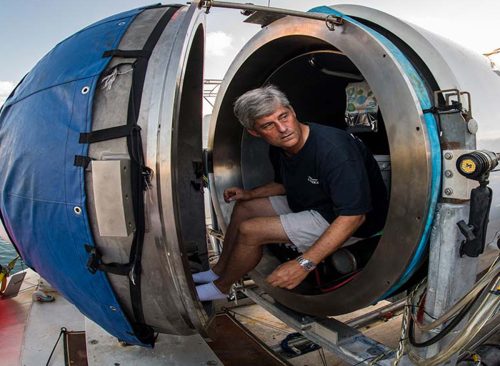
Stanley’s committee wrote a letter to Rush—signed by Kohnen and 37 other industry leaders—expressing their “unanimous concern” about the Titan’s development and OceanGate’s “current ‘experimental’ approach.”
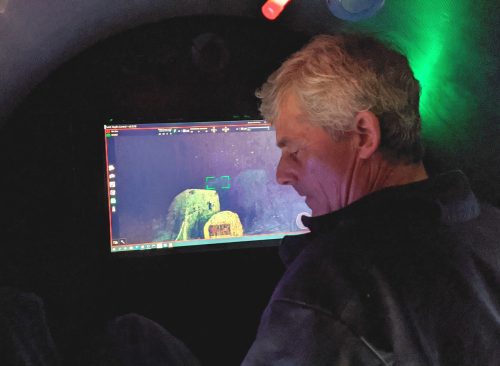
Rush ignored the Marine Technology Society’s letter.
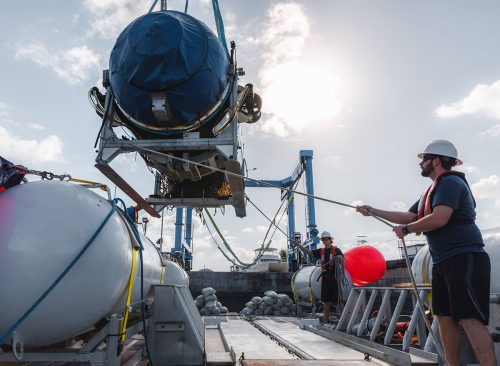
On OceanGate’s 2021 and 2022 Titanic expeditions, there were “more dives scrubbed or aborted than completed,” writes Casey. “A communications system that never much worked. Battery problems, electrical problems, sonar problems, navigation problems. A thruster installed backward. Ballast weights that wouldn’t release.” One group had been trapped inside the sub for 27 hours, stuck on the balky launch and recovery platform.
RELATED: 30 Area Codes to Watch for in Latest Phone Scam
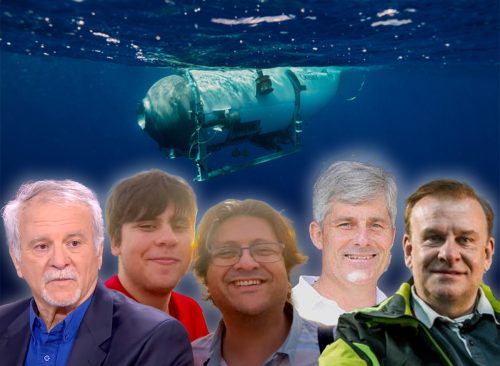
One person involved in the recovery effort, who wished to remain anonymous, told Casey that no one aboard the sub had suffered. “From what I saw of all the remaining bits and pieces, it was so violent and so fast,” they said. “What did the carbon fiber look like?” she asked. “There was no piece I saw anywhere that had its original five-inch thickness,” he said. “Just shards and bits…. It was truly catastrophic. It was shredded.”















